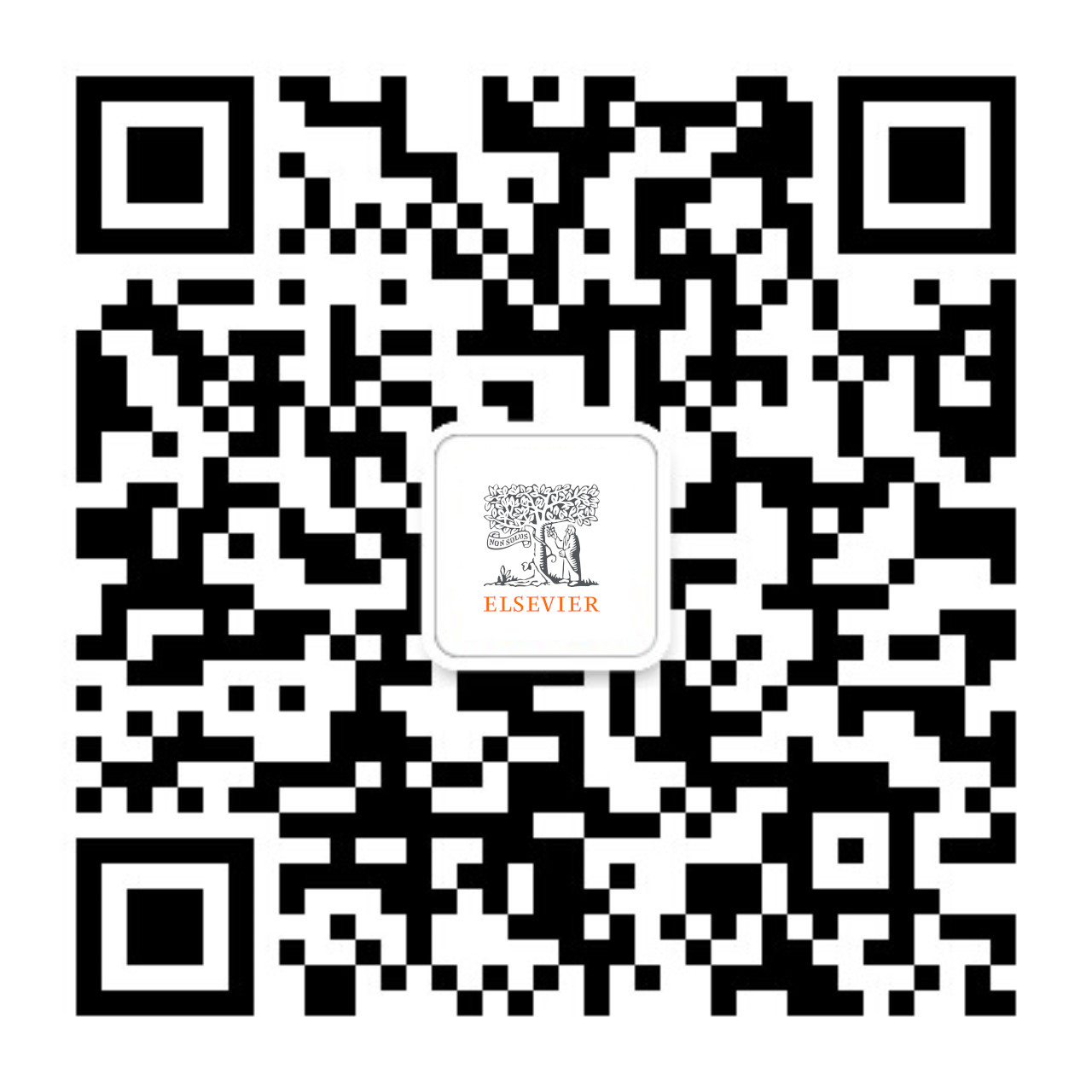Essential for High-Quality Paper Editing: Three Tips to Efficient Spellchecks
Before submitting your paper, it is essential to check the spelling of words carefully, to avoid semantic ambiguity caused by spelling errors affecting the chances of publication. But sometimes, some…
Share
Make Hook, Line, and Sinker: The Art of Crafting Engaging Introductions
As the very first part of a scientific manuscript, the introduction serves as a bridge between the author’s ideas and the reader’s mind. A properly constructed introduction lays the groundwork…
Share
6 Steps to Write an Excellent Discussion in Your Manuscript
The discussion section in scientific manuscripts might be the last few paragraphs, but its role goes far beyond wrapping up. It’s the part of an article where scientists talk about…
Share
Navigating “Chinglish” Errors in Academic English Writing
Introduction¹ Written communication is an indispensable skill for scholars. For Chinese researchers, however, writing in English poses a unique set of challenges, often leading to avoidable mistakes that can result…
Share
Descriptive Research Design and Its Myriad Uses
The design of a research study can be of two broad types—observational or interventional. In interventional studies, at least one variable can be controlled by the researcher. For example, drug…
Share
Is The Use of AI in Manuscript Editing Feasible? Here’s Three Tips to Steer Clear of Potential Issues
Presently, generative artificial intelligence (hereinafter referred to as AI) is quietly influencing almost every industry, including scientific research and academic writing. Some researchers are exploring AI-based editors to refine papers…
Share
How to Write Clear and Crisp Civil Engineering Papers? Here are 5 Key Tips to Consider
Civil engineering is the field of science dedicated to the designing, building, and maintaining of infrastructure1. Researchers in this field constantly explore new and improved ways of constructing roads, bridges,…
Share
The Clear Path to An Impactful Paper: ②
As the golden season of Autumn begins, preparations are on in full swing to welcome the harvest season. For researchers, this season brings challenges as well as opportunities in academia.…
Share













